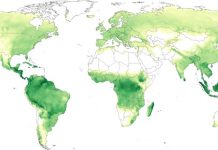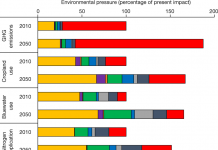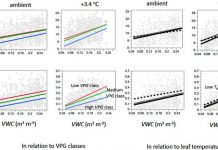【土壤微生物群落】Noah Fierer Jonathan W. Leff Byron J. Adams Uffe N. Nielsen Scott Thomas Bates Christian L. Lauber Sarah Owens Jack A. Gilbert Diana H. Wall and J. Gregory Caporaso. Cross-biome metagenomic analyses of soil microbial communities and their functional attributes
For centuries ecologists have studied how the diversity and functional traits of plant and animal communities vary across biomes. In contrast we have only just begun exploring similar questions for soil microbial communities despite soil microbes being the dominant engines of biogeochemical cycles and a major pool of living biomass in terrestrial ecosystems. We used metagenomic sequencing to compare the composition and functional attributes of 16 soil microbial communities collected from cold deserts hot deserts forests grasslands and tundra. Those communities found in plant-free cold desert soils typically had the lowest levels of functional diversity (diversity of protein-coding gene categories) and the lowest levels of phylogenetic and taxonomic diversity. Across all soils functional beta diversity was strongly correlated with taxonomic and phylogenetic beta diversity; the desert microbial communities were clearly distinct from the nondesert communities regardless of the metric used. The desert communities had higher relative abundances of genes associated with osmoregulation and dormancy but lower relative abundances of genes associated with nutrient cycling and the catabolism of plant-derived organic compounds. Antibiotic







